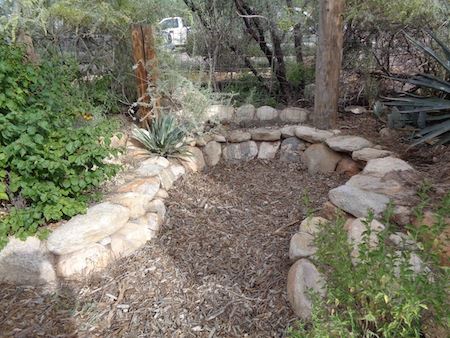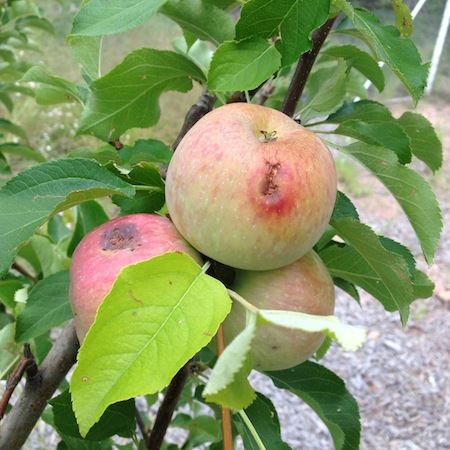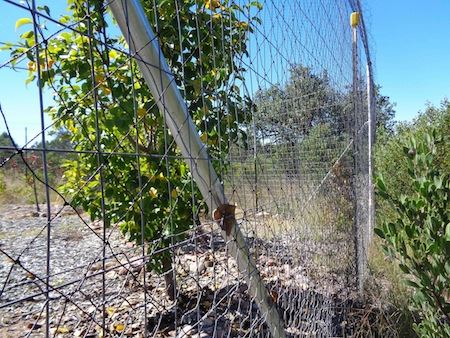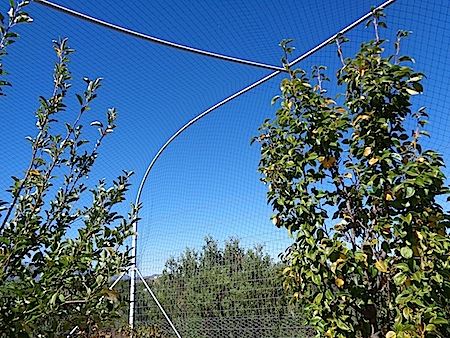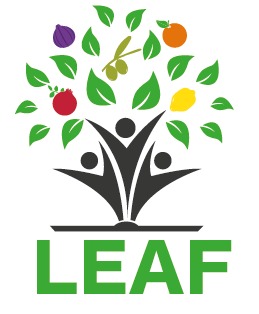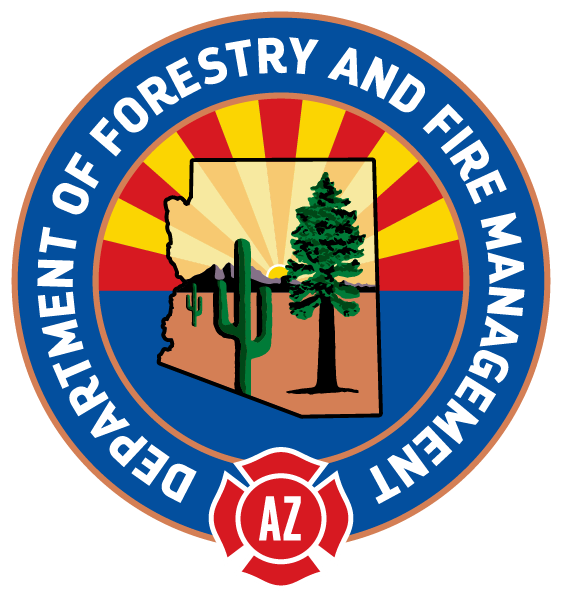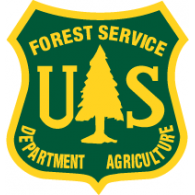Treating Tree Problems Click Here for a PDF of Treating Tree ProblemsWhether you have a few trees or a food forest, proper care can make your trees healthy and disease-free most of the time. We recommend planting a diversity of trees, understory plants and ground covers to provide beneficial plant and animal relations and keep your trees strong and resilient. There are several ways to promote tree vigor and prevent damage to your orchard from diseases, insects, weeds and wildlife. Manage dead material under trees To avoid diseases, grow trees in diverse systems and keep trees well irrigated, fertilized, pruned and harvested. Prune dead and diseased branches from all trees and burn or destroy diseased or pest-infested branches to keep problems from spreading. Under mature trees, the insects, invertebrates and soil microbes that decompose dead material are likely to be well established. However, young fruit and nut trees may not yet have this protection and can be vulnerable to diseases and spores from dead material. We recommend raking away twigs, leaves and fruit from under young trees each year. Chip and compost these rakings for several months to help destroy any pathogens. After the compost is well aged, you can put it in basins and along paths to keep soil moist and add nutrients to soil. Fallen branches and tree prunings, especially if they are thorny or spiny, can be safety hazards. We recommend removing large branches and clippings from beneath mature trees, and chipping and composting them to use as mulch in the orchard. Insects If your tree has a problem and you see insects, first identify the problem, then try to identify the insect, and then determine if the insect is the cause of the problem. While some insects hurt trees, others serve as pollinators and control damaging insects. Try introducing plants that attract beneficial insects to prey on damaging insects. Consult your local Cooperative Extension specialist and others experts to identify problem-causing insects and find the best treatment. Climate change could weaken trees, leaving them more vulnerable to damaging insects or diseases. Animals Wildlife can enrich our environment, but they also forage on edible trees. Keep deer out with 6- to 8-foot high fences placed far enough from trees so deer cannot browse branches over the fence. If rabbits, squirrels, skunks or packrats are a problem, harvest fruits early, keep fruit and debris off the ground, hang bright lights at night and keep wood piles away from trees. Live traps might also be effective. Gophers chew roots and irrigation lines. Traps can help keep them at bay until trees are a few years old and have stronger root systems. Birds eat non-beneficial insects, but also eat or damage ripening fruit. Harvest soft fruits early, place nets over trees and hang shiny objects to deter birds. Interplant with bird-friendly trees to satisfy birds and people alike. Weeds and invasive grass Weeds and grasses compete for water and nutrients, so clear these from the ground within 3 feet of a tree. Since invasive weeds and grasses can be difficult to control after trees are planted, you can try covering the future planting area with black plastic or cardboard to shade these plants out. For larger tree-planting areas, cover crops can be sown early, cut before they seed, and then mixed into soil a month before trees are planted to add organic matter and control weeds. However, select cover crop species carefully so you do not accidentally spread invasive species (for example, wild oats—Avena fatua—is an invasive species in the southwest). Viruses and diseases Virus and disease pathogens should be carefully identified before applying treatment, and then controlled to prevent their spread. Choose disease-control methods wisely. For information on specific tree diseases and/or treatments, talk to your local Cooperative Extension specialist. Try natural disease-control methods first, since chemical treatment residues might linger on trees, fruits and soil and affect people, wildlife, birds and beneficial insects. More information about environmental, insect and disease threats to trees is available at Urban Tree Threat Response Guidance for Arizona and New Mexico. |
Pruned cuttings from nearby trees are composting under new wood chip mulch in a deep water harvesting basin to prepare them to be returned as useful mulch around trees.
Based on observation of the fruit, apples on the tree are being damaged by ants.
Seven-foot tall deer fence protects fruit trees from being browsed by deer, javelina and other non-burrowing animals.
Bird netting placed over a small family orchard protects multiple fruit trees from being pecked by birds. |
CAUTION: Never eat anything that is not properly identified. It is your responsibility to ensure that all fruits, nuts, seeds, pods and other edible products of trees and shrubs are correctly identified and safe to eat before eating them or serving them to others.
Copyright 2023
LEAF is under the fiduciary stewardship of the Arizona Community Tree Council, a 501(c)3 non-profit organization.
70 S Val Vista Drive, Suite A3-186, Gilbert, AZ 85296

